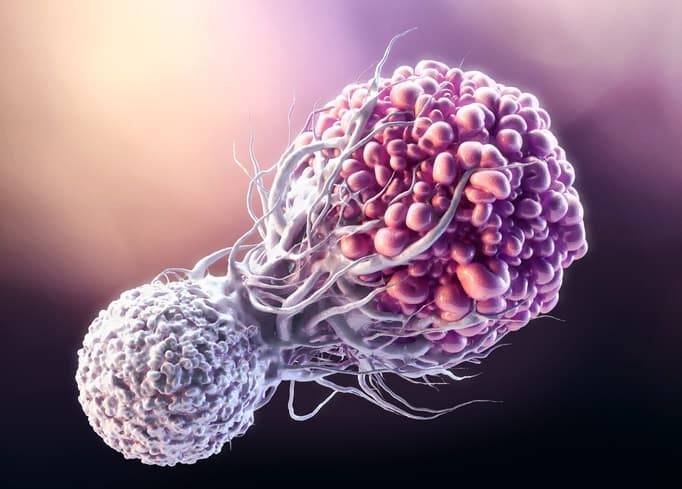We aimed to investigate the effect of PBDEs (47, 99, 209) on cellular events involved in epigenetic modification, inflammation, and epithelial mesenchymal transition (EMT).
We studied: 1) ERK1/2 phosphorylation; 2) Enhancer of Zester Homolog 2 (EZH2); 3) Histone H3 tri-methylated in lysine 27 (H3K27me3); 4) K-RAS; 5) silencing disabled homolog 2-interacting protein gene (DAB2IP), 6) let-7a; 7) Muc5AC/Muc5B, and 8) IL-8 in a 3D in vitro model of epithelium obtained with primary Normal Human Bronchial Epithelial cells (pNHBEs) or A549 cell line, chronically exposed to PBDEs (47, 99, 209).
PBDEs (10 nM, 100 nM and 1 μM) increased ERK1/2 phosphorylation, and EZH2, H3K27me3, and K-RAS protein expression, while decreased DAB2IP and Let-7a transcripts in pNHBEs ALI culture. Furthermore PBDEs (47, 99) (100 nM) increased Muc5AC and Muc5B mRNA, and PBDE 47 (100 nM) IL-8 mRNA via EZH2 in pNHBEs. Finally, PBDEs (100 nM) affected EZH2, H3K27me3, K-RAS protein expression, and DAB2IP, Let-7a transcripts and cell invasion in A549 cells. Gsk343 (methyltransferase EZH2 inhibitor) (1 mM) and U0126 (inhibitor of MEK1/2) (10 μM) were used to show the specific effect of PBDEs.
PBDE inhalation might promote inflammation/cancer via EZH2 methyltransferase activity and H3K27me3, k-RAS and ERk1/2 involvement, generating adverse health outcomes of the human lung.
Copyright © 2021 Elsevier Inc. All rights reserved.
PBDEs affect inflammatory and oncosuppressive mechanisms via the EZH2 methyltransferase in airway epithelial cells.


